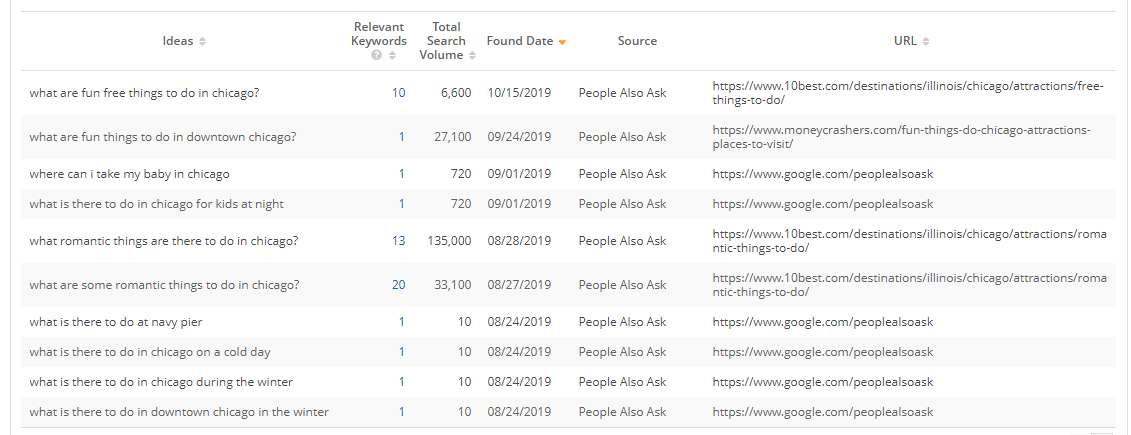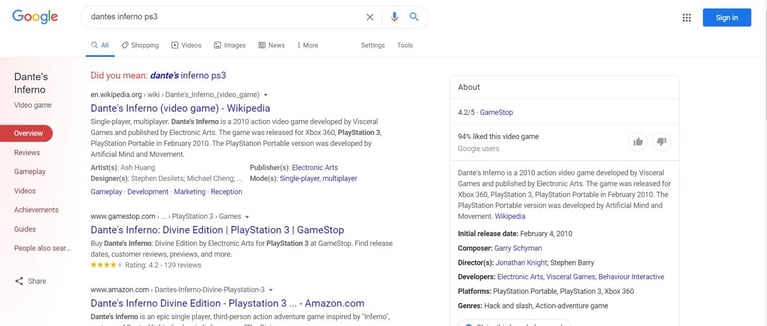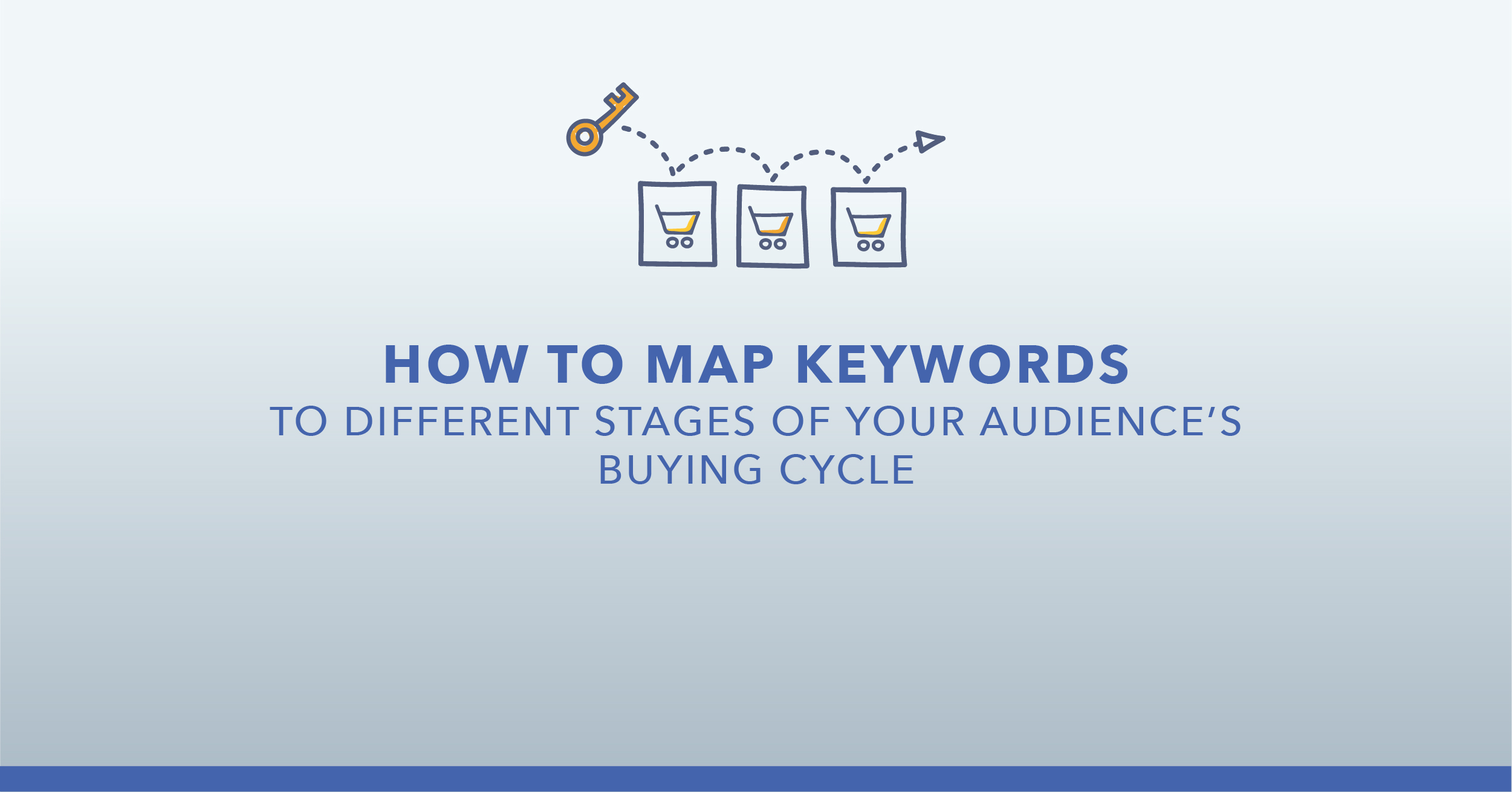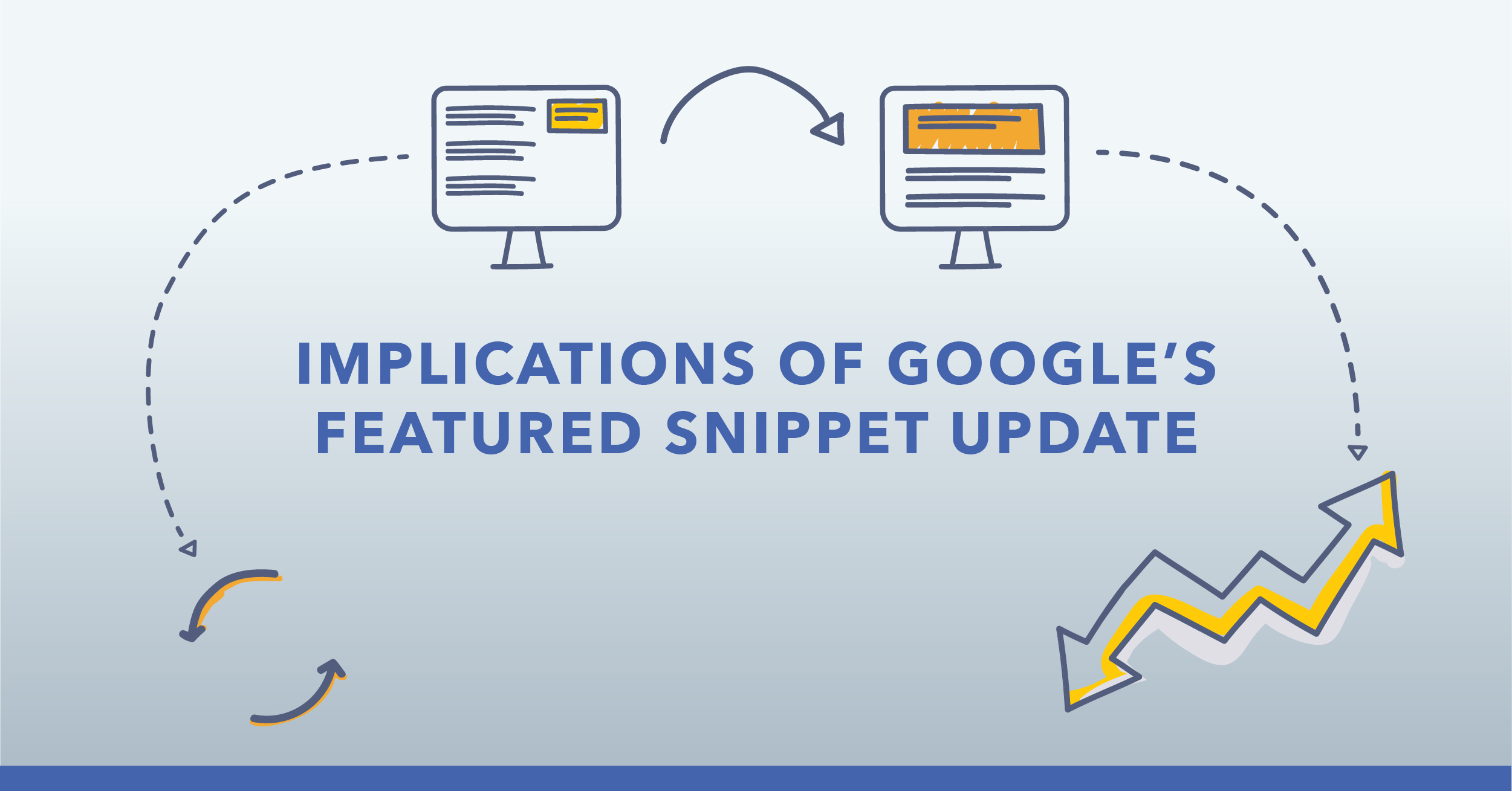When you think about it, few things in the digital landscape have remained unchanged over the last couple of years.
Online advertising is hardly what it used to be, isn’t it? Social media took brand communications to a whole new level. And even SERPs, once the foundation of the online buying experience, have moved so far away from the original ten blue links.
What’s more, the rapid advancements in technology continuously push the envelope further and further.
And in this post, I want to discuss another new aspect of today’s digital marketing - machine learning - and show you how much SEO has changed and has been influenced by machine learning and data science.
So, let's start at the beginning.
What Exactly is Machine Learning?
The definition provided by Tom M. Mitchell, a computer scientist and professor, explains machine learning this way:
A computer program is said to learn from experience E with respect to some class of tasks T and performance measure P if its performance at tasks in T, as measured by P, improves with experience E.
And although it’s accepted as the official or original definition, for the purpose of this article, we’re better off putting it in less scientific terms.
So, in short, machine learning refers to building computer systems that can learn from, and also make predictions based on, the available data.
We can build computers that can act or make data-based decisions, as opposite to carrying out specific tasks (like the computer or a smartphone you might be reading this article on does). They can analyze complex sets of predefined data, and uncover general rules behind it (this is called supervised learning). More advanced machine learning systems can also find patterns and relationships in the unstructured data provided (and we refer to this as unsupervised learning).
All in all, machine learning allows us to create machines that can make decisions based on the data sets provided, and then, learn from them to further improve their analytical skills.
All of this has greatly impacted SEO. What was once an industry driven by link building and keywords has progressed to a field of semantic contextual understanding and voice search all in a mobile-first world. In fact, algorithmic advances are beating Moore’s Law - that is, there is exponential growth. The speed and capability of artificial intelligence models is more than doubling every two years - while cost of building them is halving. So, what does this mean for your SEO strategy?
How Does Machine Learning Work in SEO?
The effect of various machine learning systems on our industry has already been widely discussed in the SEO industry.
But I want to offer a unique take on this topic. I’ll show you not only how machine learning will change your job, but also how to use machine learning systems to improve your work continuously.
1. Think Topics, Not Keywords
Machine learning will force us to shift from thinking in terms of keywords to targeting topics to rank higher on SERPs. Until now, keywords provided us with the information and guidance about buyer needs and the intent behind those searches.
Recommended Reading: Why Topic Strategy Matters Most in Keyword Research
However, RankBrain (Google’s AI) uses machine learning to analyze new search queries and provide more relevant results to users. This enhancement to the search engine provides a better user experience by analyzing the searchers' queries and offers the most relevant search results possible - all with the search engine's ability to understand the topic and context of the query as opposed to the individual keywords used.
This forces us to shift our approach from keywords to topics and answer questions from our audience.
And there is data to prove it, too. For example, here’s what MarketingProfs discovered. Do note that the emphasis in bold is mine.
The correlation between keywords and high search rankings has decreased across the board. More and more high-ranking sites are not using the corresponding target keyword in the body, description, or links, the analysis found. Sites are also using keywords less in URLs themselves, with only 6% doing so in the 2015 study.
This data clearly suggests that keyword relevance has evolved beyond just a simple "string match" - RankBrain can easily identify relevant content, even if it doesn’t contain keywords from a person’s search query.
Enter topics. Instead of focusing solely on keywords, we need to shift to target specific topics or user questions to provide the most satisfying information.
Note: I wrote in depth about the need for this change in my earlier article, How to Make Your Content More Relevant to Your Audience's Needs.
But how do you identify topics instead of keywords?
Use tools like seoClarity’s Content Ideas that show you the exact questions your potential audience asks via various online channels.
Our platform scrapes the SERPs and pulls the People Also Ask questions directly from the search results. Below is a snapshot of Content Ideas for the query "things to do in chicago."
 (Use Content Ideas to see specifically how your users search.)
(Use Content Ideas to see specifically how your users search.)
Or, use Topic Explorer to see a top-level view of various topic clusters that you can create content around, and filter your way down to the specifics.
In fact, our Research Grid has everything you need to inform your marketing strategy and create content that properly addresses the user intent.
2. Understand Customer Intent
Next, we’ll have to understand our customers' intent better. This is definitely something that Google has adapted to over the years - just look at the presentation of the SERP. Although, what if a search results page isn't really even a page anymore ...
 (Different SERP features are changing how users search.)
(Different SERP features are changing how users search.)
Look at the SERP above with the side bar navigation menu to the left. Why type when you could explore? The SERP is changing, and you as an SEO need to be aware of these changes so you can still target user intent appropriately and have your content seen.
Gary Vaynerchuk has a quote that I love that I can paraphrase here: "Nike hasn’t made me buy their shoes with their latest ad. They’ve done it by building a relationship with me through a series of small interactions.”
And the secret phrase here is “a series of small interactions.” I’m sure you’ll agree - to achieve similar results you need to have an in depth knowledge of your customers’ intent.
A buyer intent is still a relatively gray area in SEO. We all know it exists, and some segment keywords based on intent. But on the whole, many SEOs still seem to fail to understand correctly to then target buyers based on that intent.
Recommended Reading: How to Apply User Intent Across the ENTIRE Content Marketing Workflow
And yet, knowing exactly what questions a person at different stages of the buying cycle would be asking online, gives us an unprecedented marketing opportunity:
- We can position our brands at the exact touch points, and with the exact message they’re looking for at that moment.
- We can direct the person to the next stage, ensuring they continue the journey with our brand, rather than switching to someone else.
For example, when a customer searches for Nike, the customer intent is navigational. But, if a user searches for UGG Boots, it’s transactional.
By understanding the difference you can:
- Match copy on a page to the relevant intent (as well as meta data like the meta descriptions).
- Place relevant calls to action that seamlessly move a person from one stage to the other.
3. Use Data to Analyze Challenges
Finally, we will have to get used to fewer updates to the algorithm and use other data to analyze potential challenges and changes.
Machine learning allows search engines to create algorithms that learn and adapt to new data. Going forward, this may mean that there will be less need for major algorithm updates (since it’s going to adapt on its own through machine learning). As a result, ranking shifts may happen more organically over time. Instead of noticing a major change, your rankings might gradually evolve.
And the only way to spot any potential challenges will be by using real-time data that allows accessing the most current information right away.
Using deep machine learning on top of billions of data points, our SEO platform enables SEOs to quickly turn complex data sets into actionable insights, and offers a deeper understanding of the most viable opportunities for increasing online visibility.
Machine Learning in Action Today
SEO professionals have been using machine learning to influence their decisions, but today, technology has made it easier to process and analyze.
Machine learning is in full force at companies and agencies worldwide. It allows data to be collected from a source (seoClarity, for example), then a model is created (or smart model) that populates with the data. The model is then launched in a small subset to be used in multi-variant testing to ensure that the model is increasing rank performance.
After testing, the model may be altered and then re-tested. Once the team feels the model is delivering the correct results, they will launch the model as a large-scale project.
With machine learning, the above can happen in seconds. Companies are utilizing machine learning to create the perfect model that not only adds the layer of data to their optimization functions, but is intelligently driven to identify when a meta title or content header may have moved through web development. This model is also able to scan through backend code to identify the next instance of a similar structure. This will allow for several SEO best practices to become automated.
Several clients already use our API to assist their teams in providing the data that will be incorporated in the model/template (especially since the data has already been collected with machine learning processes) to automate basic SEO functions. Our Professional Services team has also provided best practices and recommendations on modeling and the systems needed to accommodate these functions at scale.
Here are some examples:
With Content Fusion, we extract the keywords that are being used most frequently within top-ranking competitive sites; plus this data also updates when changes are made. A client will use the meta title data to import the most commonly used phrase into their model so that meta titles and descriptions are automatically updating across the site’s pages. This process alleviates the team from needing to manually update meta titles and descriptions.
For product descriptions, seoClarity provides the semantic keywords that must be contained within the article. The data is then imported into a model/template that is designed to vary the keywords used within the content. Content can then be updated on the fly. As companies are seeing, the key is making sure you have regular crawls, alerts set up, you are staging site crawls, and the data is curated to a degree to ensure that your site is not populating with incorrect data.
Our API is designed for simplicity, and its flexibility allows for multiple integration needs. There are also many data sets available via the API, including SERP data, keyword data, linking data, and more.
Access to these data points makes it that much easier to engage in machine learning for your SEO functions. Many teams leverage these data sets to create content and SEO optimizations that are data-driven and automated through machine learning, and this process of automation is going to transform SEO. There will be more advanced functions and deeper data analysis as we are able to collect, digest, and utilize more data. Our team is also adapting so that both our platform and data become smarter and smarter with machine learning applied.
The Next Steps for Your SEO Strategy
So, how do you differentiate yourself from the competition in the world of machine learning in SEO? I offer a simple three step approach: Understand, Build, and Deliver.
In order to come out ahead, you need to understand what, how, and why people conduct a search in the first place. Then, build the best possible content around that topic that fulfills the searchers' needs better than anyone else. All of this is being done while you deliver an experience that is quick, seamless, and error-free.
Recommended Reading: Keyword Mapping: Visualizing the Buyer Journey
Conclusion
As Google continues to advance its processes, ranking factors, and overall operations, it will be interesting to see where machine learning takes the search engine in the years to come.
But always remember that even though AI and machine learning are continuously advancing, it's never the right move for your SEO strategy to chase Google's algorithms. Instead, use the information of how the search engine operates to create a website that offers the best user experience possible and always go back to re-optimize.
SEO is far from a one-and-done game - especially with the rate of change we're seeing. And that's the key to rank higher on the SERPs.
Interested in the power of an SEO platform? Schedule a demo and one of my colleagues will show you how machine learning can revolutionize your SEO.
Editor's Note: This blog was originally published in April 2017 and has been updated to reflect advancements in our industry.







Comments
Currently, there are no comments. Be the first to post one!